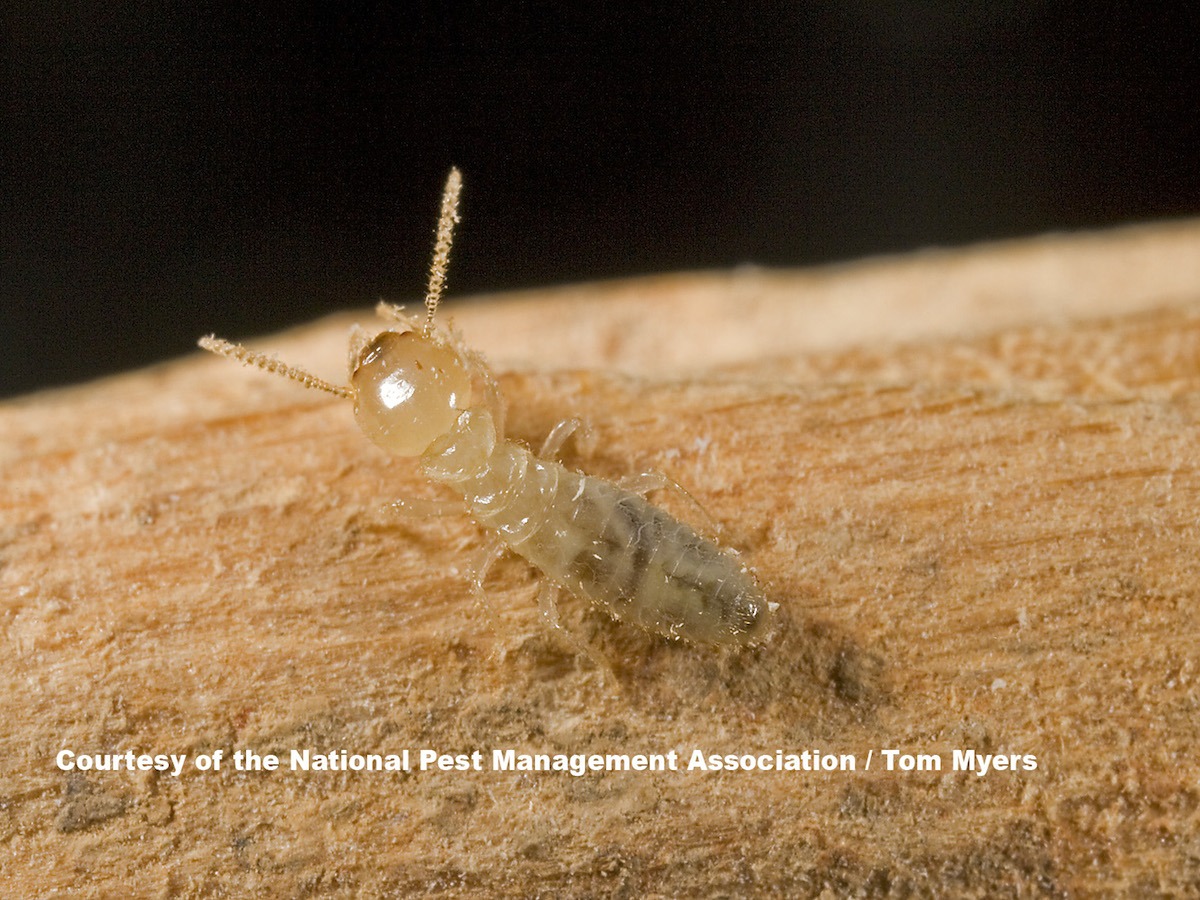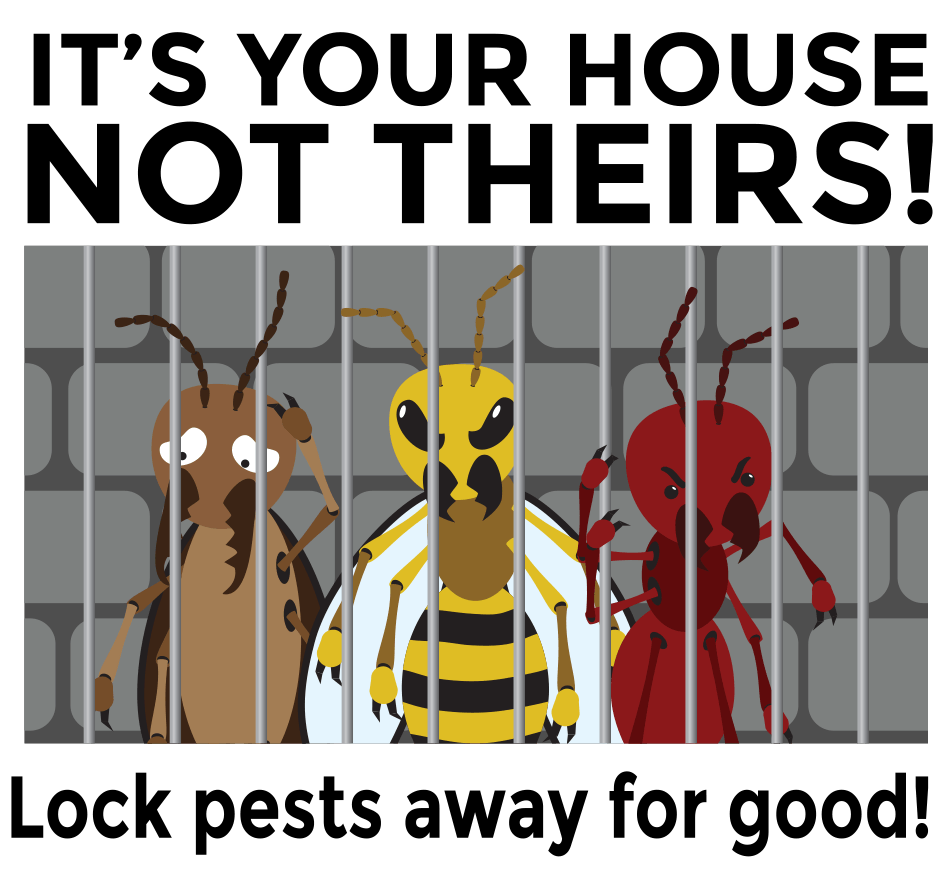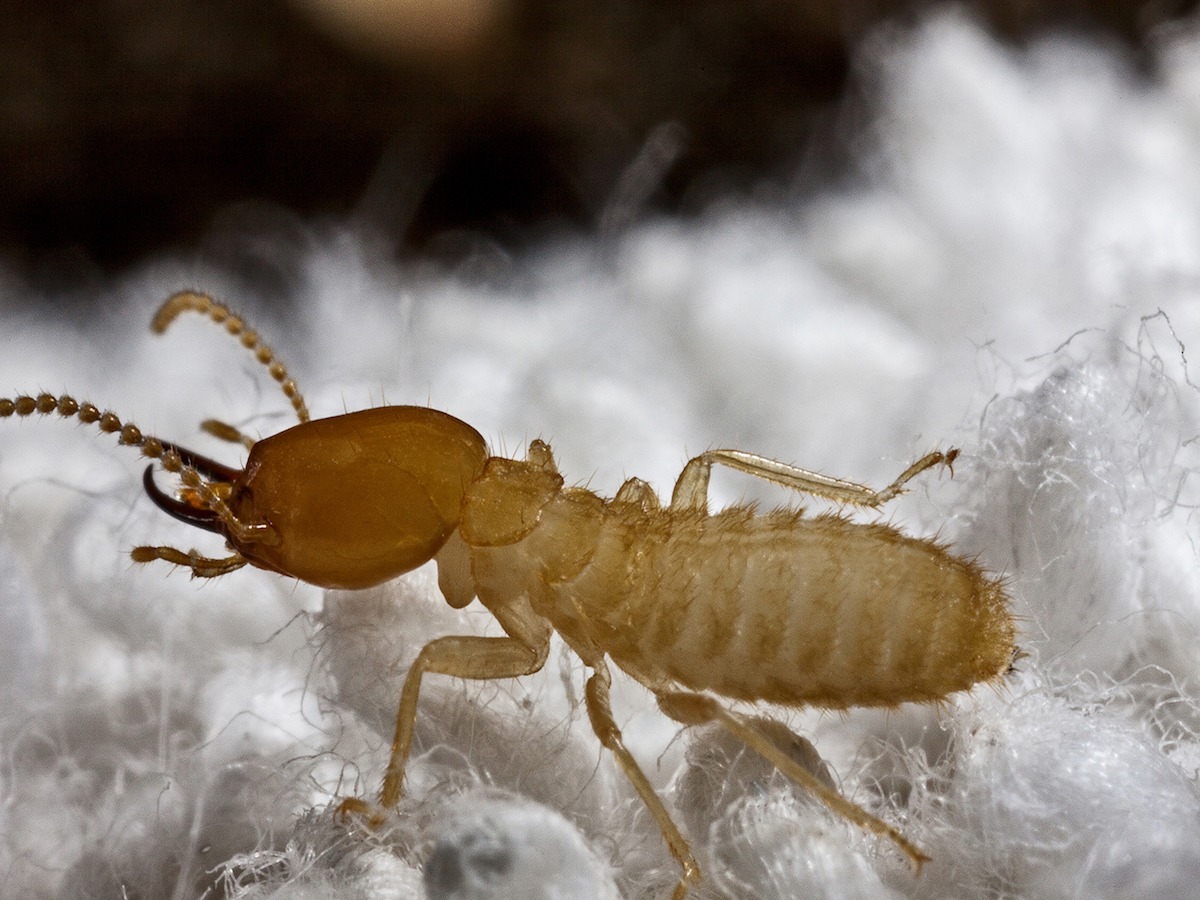ELITE PEST MANAGEMENT, LLC – BED BUG & TERMITE SERVICES

Termites date back more than 120 million years to the time of the dinosaurs. They are known as “silent destroyers” because of their ability to chew through wood, flooring and even wallpaper undetected. Each year, termites cause more than $5 billion in property damage – costs that aren’t covered by homeowners’ insurance policies. This is why being vigilant about termite control and termite extermination is so important.
Types of Termites
Subterranean Termites (Family Rhinotermitidae)
 The best method of subterranean termite control is to avoid water accumulation near the foundation of the home. Prevent subterranean termite access by diverting water away with properly functioning downspouts, gutters and splash blocks. Store firewood at least 20 feet away from the home, and keep mulch at least 15 inches from the foundation. Indoors, homeowners should reduce humidity through proper ventilation of crawl spaces, attics and basements to avoid attracting subterranean termite swarms.
The best method of subterranean termite control is to avoid water accumulation near the foundation of the home. Prevent subterranean termite access by diverting water away with properly functioning downspouts, gutters and splash blocks. Store firewood at least 20 feet away from the home, and keep mulch at least 15 inches from the foundation. Indoors, homeowners should reduce humidity through proper ventilation of crawl spaces, attics and basements to avoid attracting subterranean termite swarms.
Pest Stats
Color: Creamy white to dark brown/black
Legs: 6
Shape: Long, narrow and oval
Size: 1/8 inch long
Antennae: Yes
Region: Found throughout the U.S.
HABITS
Subterranean termites build distinctive tunnels, often referred to as “mud tubes,” to reach food sources and protect themselves from open air. They use their scissor-like jaws to eat wood 24 hours a day, seven days a week. Like other termite species, subterranean termites also feed on products containing cellulose. Subterranean termites swarm in the spring when groups of reproductive termites go off to start new colonies.
HABITAT
Subterranean termites live in underground colonies with as many as two million members. They are also found in moist secluded areas above ground.
THREATS
Subterranean termites are by far the most destructive termite species. The hard, saw-toothed jaws of termites work like shears and are able to bite off extremely small fragments of wood, one piece at a time. Over time, they can collapse a building entirely, meaning possible financial ruin for a homeowner. If you suspect a termite infestation, contact a pest professional about subterranean termite treatment.
SUBTERRANEAN TERMITE PREVENTION
The best method of subterranean termite control is to avoid water accumulation near your home’s foundation. Divert water away with properly functioning downspouts, gutters and splash blocks. Reduce humidity in crawl spaces with proper ventilation. Never bury wood scraps or waste lumber in the yard. Most importantly, eliminate wood contact with the soil. Maintain a one-inch gap between the soil and wood portions of the building.

- State Certified in West Virginia and Ohio in Pest Control / Termite Control
- Integrated Pest Management ( IPM ) Certified
- American Institute of Baking ( AIB ) Training

 Drywood termites can be avoided by making sure firewood and scrap wood is stored at least 20 feet from the home. Another drywood termite treatment tactic is to seal all cracks and crevices around the foundation of the home. Homeowners should also routinely inspect the property for signs of drywood termites, paying special attention to window and doorframes, trim, eaves, siding and attics.
Drywood termites can be avoided by making sure firewood and scrap wood is stored at least 20 feet from the home. Another drywood termite treatment tactic is to seal all cracks and crevices around the foundation of the home. Homeowners should also routinely inspect the property for signs of drywood termites, paying special attention to window and doorframes, trim, eaves, siding and attics. As the name suggests, dampwood termites infest wood with high moisture content. Dampwood termites are normally larger in size than other termite species.
As the name suggests, dampwood termites infest wood with high moisture content. Dampwood termites are normally larger in size than other termite species. Formosan termite control begins with eliminating sources of moisture both inside and outside of the home. Inside, homeowners should reduce humidity in crawl spaces, attics and basements with proper ventilation. Outdoors, divert water away from the home’s foundation to prevent Formosan termite access with properly functioning downspouts, gutters and splash blocks. Homeowners should also store firewood at least 20 feet away from the home and maintain a one-inch gap between soil and wood portions of the home.
Formosan termite control begins with eliminating sources of moisture both inside and outside of the home. Inside, homeowners should reduce humidity in crawl spaces, attics and basements with proper ventilation. Outdoors, divert water away from the home’s foundation to prevent Formosan termite access with properly functioning downspouts, gutters and splash blocks. Homeowners should also store firewood at least 20 feet away from the home and maintain a one-inch gap between soil and wood portions of the home. Conehead termites are an invasive species native to the Caribbean that was first introduced to the U.S. in 2001. They were originally called “tree termites,” but were renamed conehead termites to alleviate the misconception that this pest is only found in trees.
Conehead termites are an invasive species native to the Caribbean that was first introduced to the U.S. in 2001. They were originally called “tree termites,” but were renamed conehead termites to alleviate the misconception that this pest is only found in trees.
